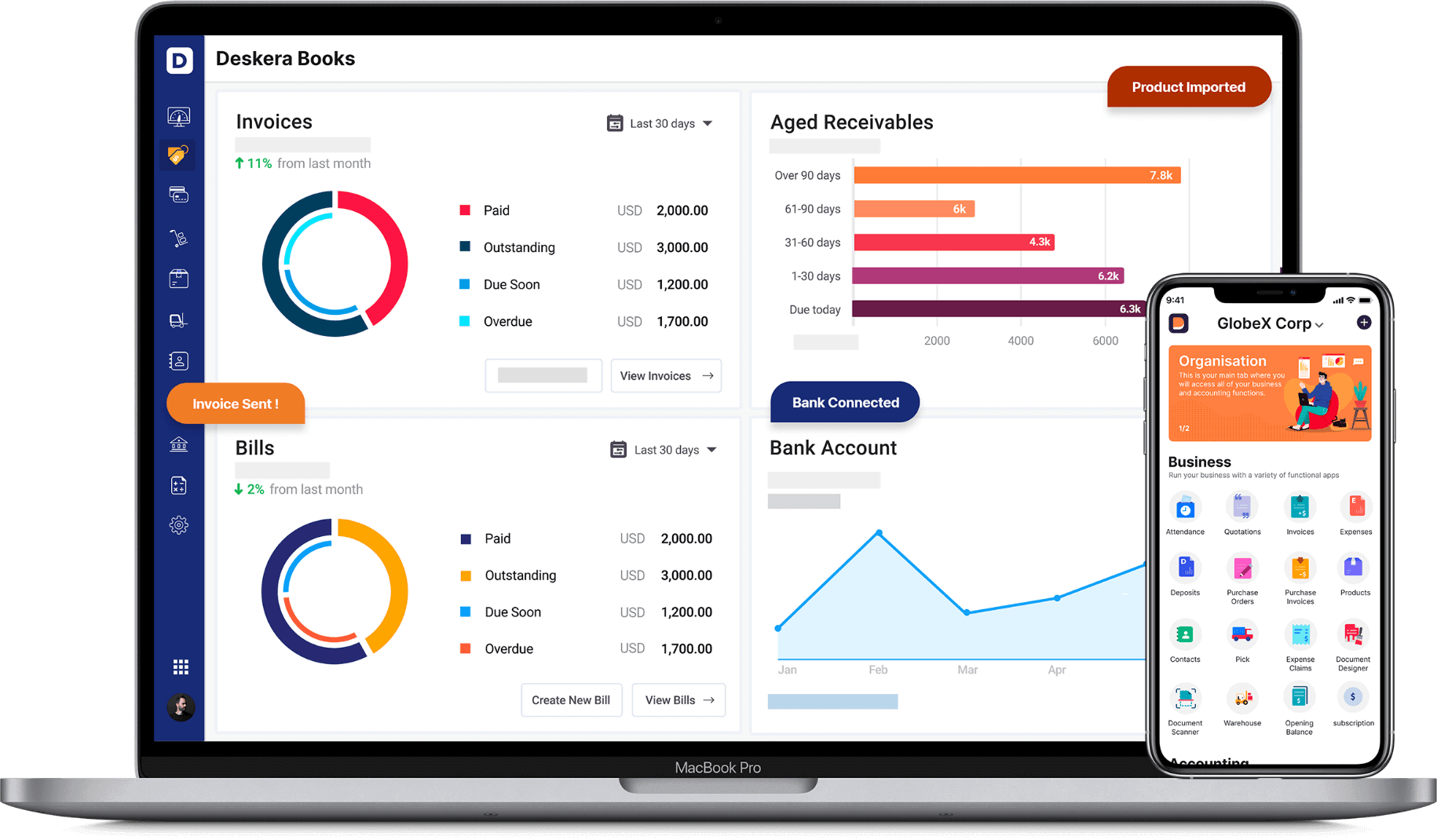If you feel threatened by the market fluctuations and currency risks, then hedging is something you may be eyeing as a solution.
But, let us tell you, you have to be thoroughly informed while taking a step in this direction. Ensure that you have all your accounting experts by your side who closely follow the existing rules set by the IFRS. Businesses use hedge accounting as a measure to combat the risks associated with their investments.

The term, Hedging and Hedge accounting have a lot of floating terms around them, and therefore, here are the points that we will be covering:
- What is Hedging and How is it Used?
- What is Hedge Accounting?
- Why Do Businesses use Hedge Accounting?
- Hedge Accounting Entries
- How Does Hedge Accounting Work?
- Types of Hedge Accounting?
- What is Hedge Accounting Example?
- Advantages of Hedge Accounting
- Disadvantages of Hedge Accounting
- Implementing Hedge Accounting
What is Hedging and How is it Used?
Hedging is a process that refers to the derivatives that are used to counterbalance the risks in a business. The risks could be in the form of:
- Interest rates
- Equity prices
- Commodity prices
- Foreign currencies
- Credit risks
Financial assets or instruments which are subject to market volatility are often associated with one or more kinds of risks. The derivatives are, therefore, used to counter these risks. Swapping interest rates by converting a floating rate to a fixed rate is one of the examples here.
A component known as a hedge fund brings down the risks neutralizing position in relation to the security. In the process, hedging considerably lowers the investment’s instability by countering the risks which are not related to the performance. One must note that hedging is not a process that guarantees profits, but it only battles the risks.
What is Hedge Accounting?
In the standard accounting techniques, the hedge instruments that cause a change in the fair value need to go into the Profit and Loss statement or the P/L statement.
The fair value of hedged liabilities is determined by equity. This could create discrepancies between hedged assets (or liabilities) and hedge instruments.
Accounting methods to reconcile these differences are called hedge accounting. However, they must thoroughly comply with all regulations. The two entries, the fair value, and the opposing hedge are treated as one. The purpose is to reduce volatility caused by repeated adjustments. It is also known as fair value accounting or marked to market.
In other words, hedging is used to decrease a portfolio's vulnerability, and hedge accounting is used to report the corresponding financial information. The accounting process involves adjusting an instrument's value to fair value, which typically culminates in significant changes in profit and loss. The changes to the value of the security and its reciprocal hedge are treated as one entry in hedge accounting. Profits and losses are therefore less likely to fluctuate dramatically.
Why Do Businesses use Hedge Accounting?
Accountants use the figures and numbers to depict the performance of the business. By placing the digits under the right category, they make it easy for everyone around to get a grip of what has been transpiring within the financial ecosystem of the company. Hedging is one such method that helps them translate the complications into easy and comprehensible financial sheets. The income statement and the balance sheet are much easily understandable once the accountants have put the pieces together.
Hedge accounting uses equity/derivatives which we shall learn more about. Put options are bought by companies that invest in the stock market to protect themselves from losses. If those were counted separately from the equity, the income statement would be twice as long and would show a high degree of volatility.
The way foreign currency hedging works is a bit different. When a company decides to buy a currency, it will purchase a futures contract rather than a put option. This will allow them to buy the currency exactly on the price on the date when they need it. In the process, the company removes any likelihood of experiencing loss on the said currency, in case its value drops. Investors may choose to hold funds in local currency or other investment vehicles.
An accountant who carries out hedging will report a future foreign exchange transaction on the balance sheet as an asset that would be accounts receivable. By calculating the value of that hedge, we can estimate how much the foreign exchange transaction will cost. This allows us to predict how profit will change over time. This is not possible with traditional accounting.
Hedge Accounting Entries
In traditional accounting techniques, the profits and losses are recorded separately. However, when the accountant is making an entry for hedge accounting, the security and its reciprocal hedge are recorded as a single entry. Together, these two items are examined, and a single entry is recorded for the total profit or loss.
How Does Hedge Accounting Work?
In hedge accounting, the general ledger is the starting point. A credit-debit system should be used for investments and their hedges. The income statement information can be transferred to the balance sheet for further analysis. If this process is changed, the financial reports of the company will change.
Having learned about this, it is important to highlight that this process opens up channels for fraud. Company accountants are not generally in charge of general ledgers. Instead, they are looked after by the bookkeepers. Accounting for hedges should be more centralized to ensure accountability.
Types of Hedge Accounting?
Investors and business owners who encounter the fluctuations pertaining to price changes, shifting currency values, and inflation are the ones who find support in hedging and hedge accounting. Several different scenarios can be accounted for using hedge fund accounting, with a common goal of reducing volatility or instability.
Hedge accounting is identified with the three types:
Cash Flow Hedge
A steady cash flow is essential for a business as it attracts investors and helps strengthen their trust in the company. Moreover, it also aids the credit rating of any business. Investments come in only when your cash flow statements look happy. As easy as it may sound, maintaining an unshakeable cash flow is difficult. Given the market fluctuations, it becomes even more unstable. Therefore, businesses use the technique of hedging the cash flow by creating forward contracts with their suppliers.
As a result, this locks and secures the price of the contract. Accountants can then record the contract as an asset on the balance sheet.
Fair Value Hedge
We can understand the fair value hedge with an example of swapping interest rates. Typically, a fixed rate of interest is swapped with the floating one when the prices go up. It differs from the cash flow hedge. While the cash flow hedge helps reduce the risk of a variable component, fair value hedging disallows the losses on your fixed-rate investments.
Net Investment Hedge
The net investment hedge can be called a subset of cash flow hedge but applies only to the foreign currency. The application of net investment hedge requires extreme research and certainty. GAAP has laid out certain restrictions for the use of net investment hedges. The accountants must ensure that derivatives like a futures contract or foreign-currency debt can be included for the application of a net investment hedge.
What is Hedge Accounting Example?
For example, we will consider Mr. Bill’s case who is an investor. He has holding equity of ABC company worth $100 (10 shares of $10 each). For hedging against the price drop of the stock, he purchases put option contract at the price of $1 per share for his 10 shares. The strike price is $8.
Under traditional accounting, each item and the price is recorded separately. However, in hedge accounting, it is recorded as one single item.
So, the item value with hedge accounting will be calculated as:
Price of the shares + market value of options contract, which is:
$100+ $1*10= $110.
Advantages of Hedge Accounting
Hedge accounting has the following advantages:
Reduces instability in financial documents
The hedging process limits the number of entries made into the income statement. As a result, the factors that may dissuade or distract the investors are covered. Owing to this benefit, hedging has been widely adopted by the business.
Helps Recede the Risks
When done appropriately and correctly, implementing hedging can lower the risks on many levels for a business. The areas such as the foreign currency exchanges, cash flows, investments, debt, and investment interest experience risks. Apart from helping recede the risks, businesses also benefit from it as the profit opportunities gain momentum. This is especially beneficial when the companies are looking for expansions to other nations. Minimized risks are equal to enhanced profits.
Disadvantages of Hedge Accounting
Having been through the pros, let us also look at the cons of hedge accounting. Here they are:
Complicated and Inefficient
There are a lot of things that need to be looked at while the company attempts hedging. Furthermore, the accountant needs to be extremely meticulous while recording all the details in the general ledger, income statement, and balance sheet.
Likelihood of Occurrence of Fraud
Unlike traditional accounting, where the data feeding is automated, in hedge accounting data is fed manually. This opens doors for the occurrence of frauds and therefore, companies must adhere to strict regulations while opting for hedging.
Implementing Hedge Accounting
Hedge implementation requires immense knowledge of the subject and a clear vision of what the companies aim to achieve from it. Moreover, the accounting team needs to be sure when they carry out the reporting and recording process.
Also, the hedge accounting guidelines are susceptible to constant amendments and changes. This makes it even more difficult for business managers and business owners to keep track of minor details of hedge accounting.
Therefore, let your accounting experts review and analyze the documents before commencing the procedure. The following documents need to have proper documentation when hedge accounting is being carried out:
- Hedging instrument
- Hedged item
- Hedge effectiveness
- Risk management goals and planning
- Nature of the risk for which the hedging is planned
The eligibility list for the hedge relationships keeps changing, and therefore, the companies adopting hedging must ensure that they comply with the existing set of rules laid down on the list. The list is standardized by the IFRS and is published by IASB, the International Accounting Standards board.
The IASB guidelines also state if a company decides to go hedge, then it must fulfill the following requirements:
- There must be an economic relationship
- Credit risks are not allowed to dominate the changes in the value
- The designated hedge ratio must correspond to the company’s risk management strategy
How can Deskera Help You?
Deskera Books can help you automate and mitigate your business risks. Creating invoices becomes easier with Deskera, which automates a lot of other procedures, reducing your team's administrative workload.
Sign up now to avail more advantages from Deskera.

Learn about the exceptional and all-in-one software here:
Key Takeaways
Here are the final takeaways from the article:
- Hedging is a process that refers to the derivatives that are used to counterbalance the risks in a business
- Financial assets or instruments which are subject to market volatility are often associated with one or more kinds of risks. The derivatives are, therefore, used to counter these risks
- Hedging is used to decrease a portfolio's vulnerability, and hedge accounting is used to report the corresponding financial information
- The accounting process involves adjusting an instrument's value to fair value, which typically culminates in significant changes in profit and loss. The changes to the value of the security and its reciprocal hedge are treated as one entry in hedge accounting.
- In hedge accounting, the security and its reciprocal hedge are recorded as a single entry
- Cash Flow hedge, Fair Value hedge, and Net Investment hedge are the three types of hedge accounting
- Hedge accounting reduces instability in financial documents and helps reduce the risks are the advantages of hedge accounting
- Being complicated, inefficient, and the likelihood of fraud are the disadvantages associated with hedge accounting
Related Articles












